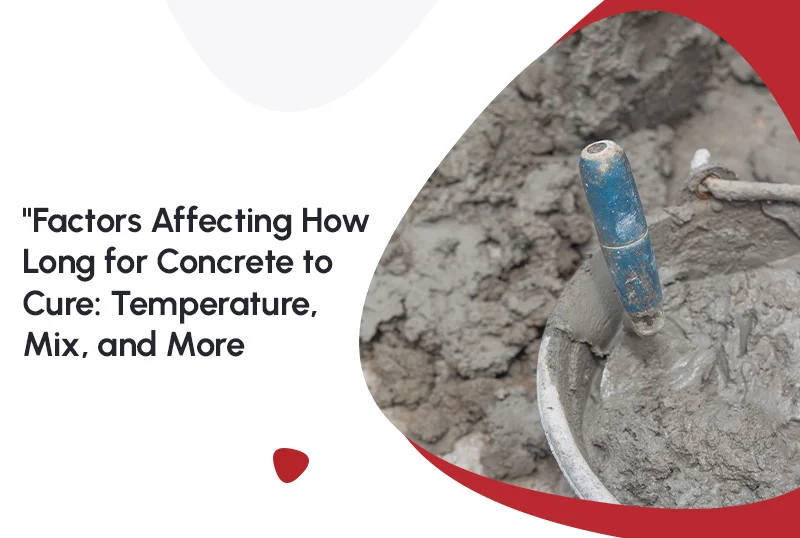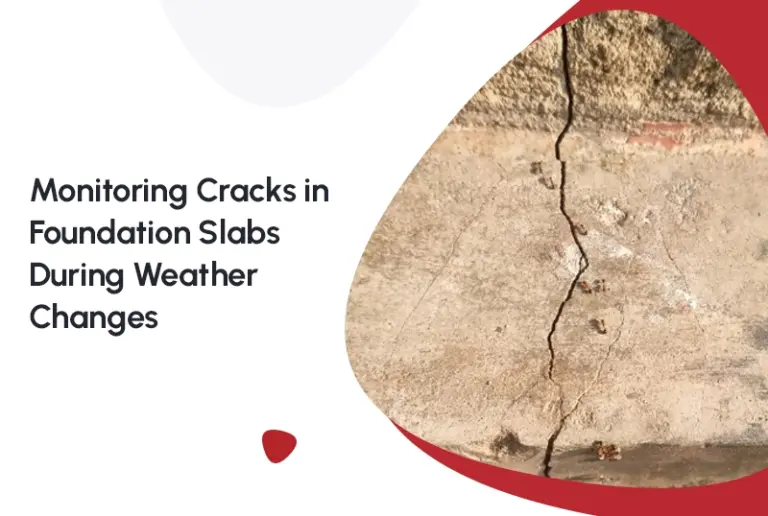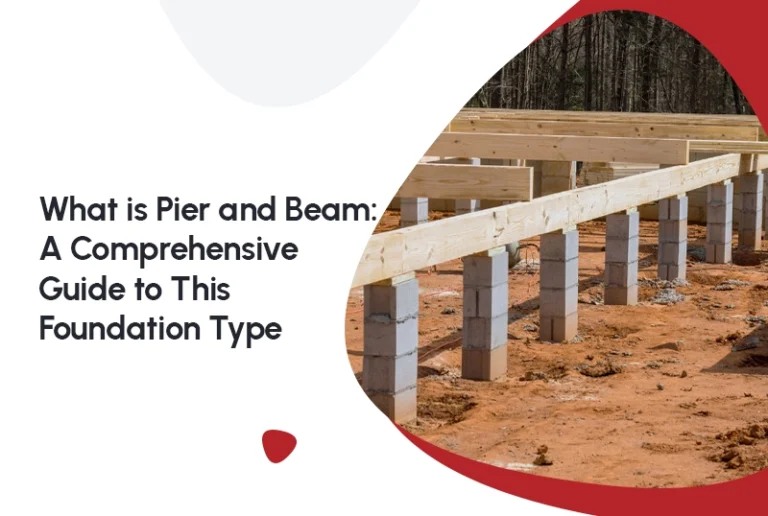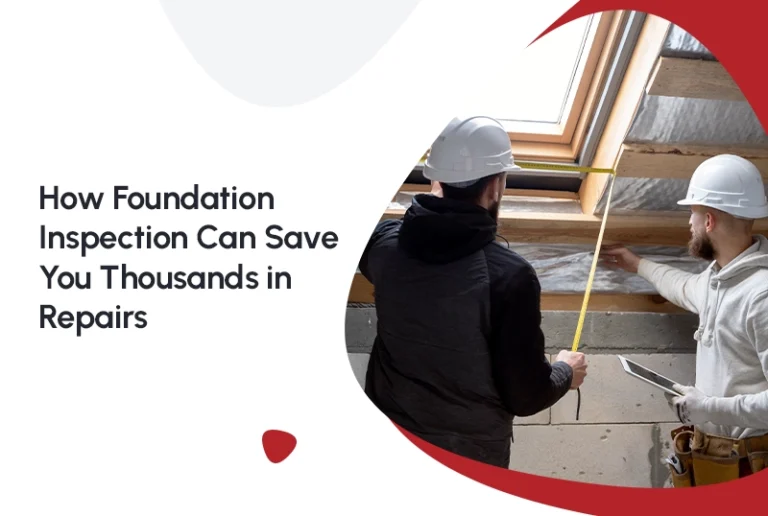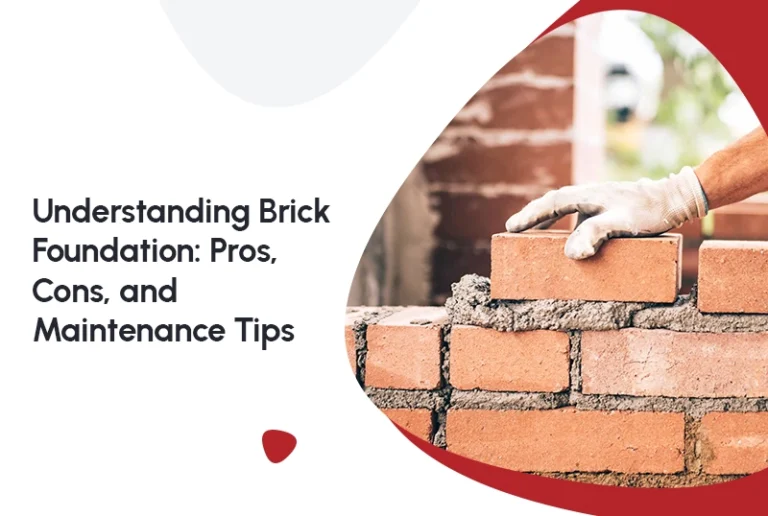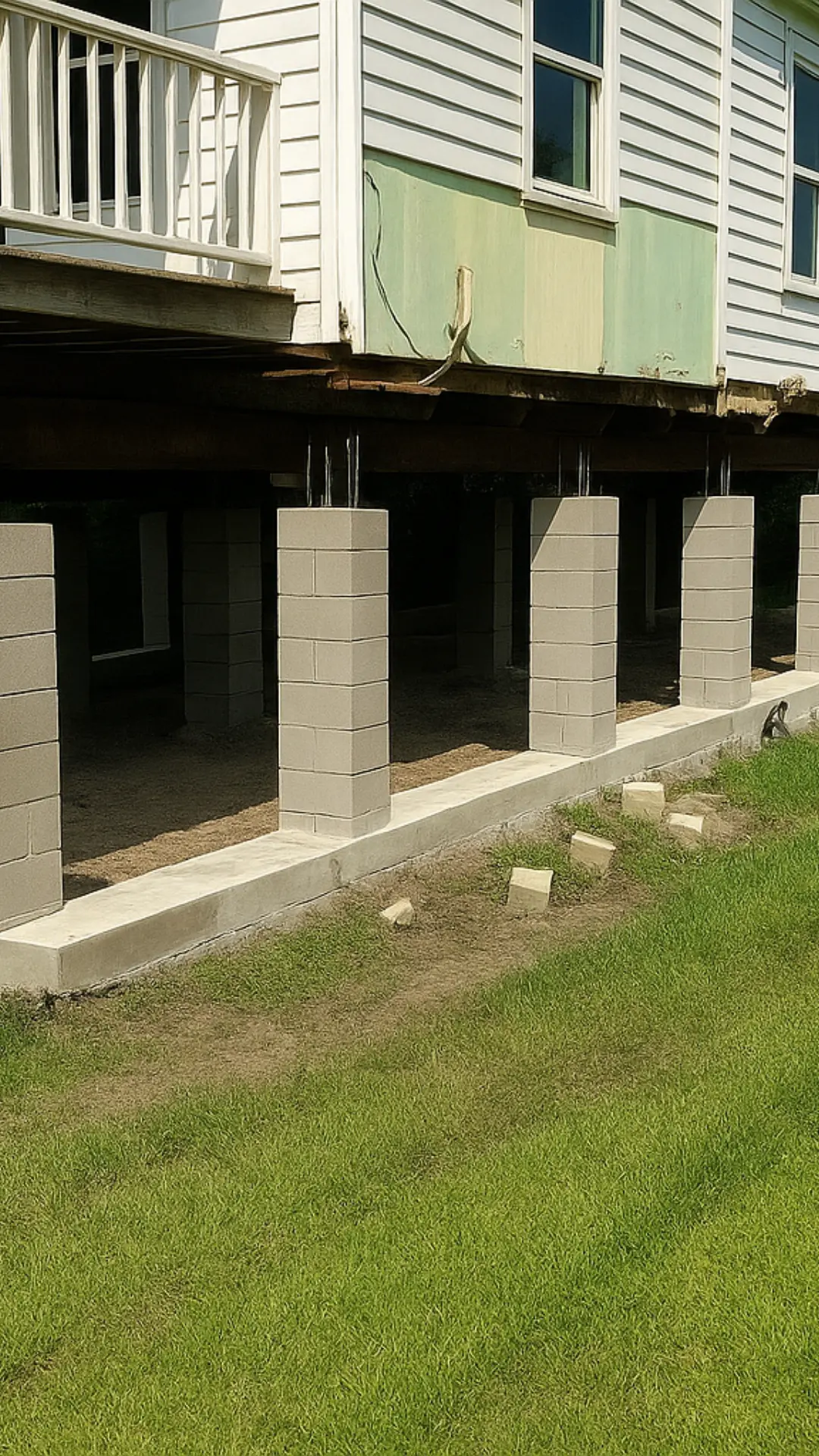Pouring fresh concrete can feel like hitting pause on your life. That smooth, gray slab looks great, but then comes the real question: “How long for concrete to cure?” This isn’t just about waiting—it’s about making sure your concrete develops the strength and durability your home or project deserves. Rush the process, and you might face cracks, uneven surfaces, or even costly concrete slab foundation repair down the road.
In this guide, we’ll break down the main factors that influence how long for concrete to cure and show why letting it cure properly matters, and share practical tips for homeowners and DIY enthusiasts. Plus, we’ll tackle the most common questions so you’ll know exactly when your concrete is ready for action.
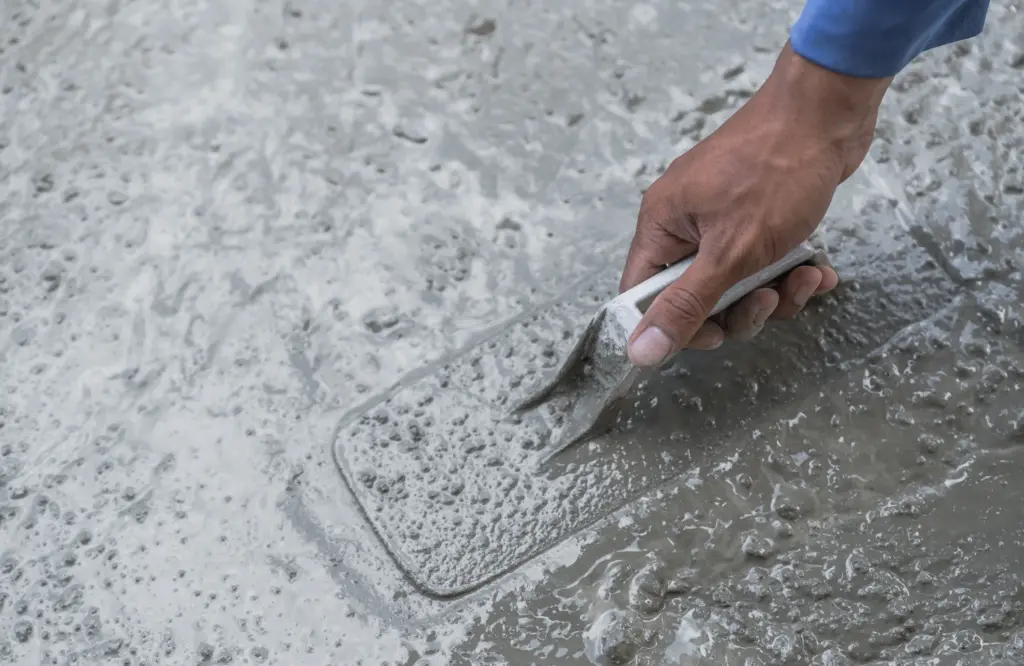
Why Understanding How long for Concrete to Cure Matters
Concrete curing is the chemical process in which concrete hardens and gains strength through hydration. If concrete does not cure properly, it can lead to:
- Cracks or surface damage
- Reduced structural integrity
- Premature wear on driveways, patios, or floors
- Costly repairs or even foundation issues
Knowing how long for concrete to cure and what affects it allows homeowners and builders to plan construction, avoid mistakes, and ensure long-lasting results.
Factor 1: Temperature
Temperature plays a major role in determining how quickly your concrete cures and whether it cures well or turns into a brittle nightmare.
High Temperatures:
Warm weather can speed up curing, which sounds great, until your concrete loses water too quickly. Rapid evaporation can cause concrete spalling, shrinkage, and weak spots. Imagine your brand-new driveway developing cracks before it even sees foot traffic!
Low Temperatures:
Cold weather slows hydration, prolonging the wait for full strength. In extreme cases, concrete may freeze, permanently compromising structural integrity. That’s a nightmare for slab on grade foundations or patio slabs.
Tip: Maintain a consistent temperature of 50–85°F (10–30°C) during curing. Use insulated blankets or temporary enclosures in colder weather, and mist or cover slabs in hot, dry conditions to prevent cracks.
Factor 2: Concrete Mix
The composition of your concrete mix can make or break your project. Even small changes in the mix impact how long your concrete takes to cure and how strong it becomes.
Water-to-Cement Ratio:
More water makes pouring easier, but it slows strength development. Too little water makes the mix stiff, hindering proper hydration. Either way, improper ratios can cause weak slabs or cracks.
Additives and Admixtures:
Accelerators speed up curing, while retarders slow it down. Fly ash, silica fume, or chemical additives can change curing times dramatically. Choosing the wrong additive can leave your slab underperforming or brittle.
Aggregate Type and Size:
Larger aggregates slow hydration slightly, whereas smaller aggregates help concrete cure more uniformly. The wrong combination can create uneven curing and weak spots..
Tip: Always follow manufacturer instructions to avoid future concrete lifting problems and consult with your concrete supplier to get the mix optimized for your environment.
Factor 3: Humidity and Moisture
Concrete loves moisture, and without it, curing goes sideways. Surface drying too fast can cause cracks, while too much water can weaken the slab.
High Humidity:
Slows evaporation, helping the concrete cure evenly. But too much water on the surface can weaken it, leaving a soft top layer.
Low Humidity:
Dries concrete quickly, increasing the risk of shrinkage cracks and surface imperfections.
Tip: Use plastic sheeting, wet burlap, or curing compounds to keep moisture levels consistent. This is especially important for slab on grade foundations, patios, or driveways in hot, dry climates.
Factor 4: Thickness of the Concrete
The thickness of your concrete slab determines both curing time and strength:
Thin slabs (1–2 inches):
Cure faster but are prone to cracking if handled roughly or exposed to extreme temperatures.
Thicker slabs (4 inches or more):
Take longer to cure but provide better long-term durability. However, improper curing can leave weak spots or internal cracks, making them less reliable.
Tip: Give thicker slabs enough time to cure, and consider moisture-retention techniques. This is critical for larger slab on grade or structural projects.
Factor 5: Surface Finish
How you finish concrete can influence curing consistency and strength:
Smooth Finishes:
Tend to dry faster on the surface, which can lead to cracking if the interior is still hydrating.
Textured Finishes:
Retain moisture slightly longer, encouraging more uniform curing and reducing surface cracking.
Tip: Protect your slab during the first few days with curing blankets, plastic sheeting, or misting. This ensures the surface doesn’t dry faster than the interior, preventing early cracks.
Factor 6: Environmental Conditions
Beyond temperature and humidity, other environmental factors can make or break your concrete curing:
Wind:
Speeds up evaporation and can dry out the surface unevenly.
Sunlight Exposure:
Direct sun accelerates surface drying, increasing the risk of cracks.
Rain:
Light rain helps maintain moisture, but heavy rainfall can erode freshly poured concrete or cause uneven curing.
Tip: Keep a close eye on local weather forecasts. Adjust curing methods—like covering the slab or adding temporary windbreaks—to maintain a consistent hydration rate.
Typical Curing Timeline
Under ideal curing conditions (55–90°F with wet curing), concrete typically reaches approximately 75% of its maximum strength in 7 days and achieves 100% strength in 28 days.
Here’s a general idea of how long for concrete to cure under normal conditions:
Initial Set:
24–48 hours (safe to walk on lightly)
Partial Strength:
7 days (safe for light foot traffic)
Full Strength:
28 days (maximum compressive strength achieved)
Remember: These timelines can vary based on the factors we discussed above.
Tips to Optimize Concrete Curing
- Keep the surface moist using water sprays, wet blankets, or curing compounds.
- Avoid heavy traffic or placing weight too early.
- Monitor weather conditions and protect the slab from excessive sun, wind, or rain.
- Use quality materials and proper mix ratios for optimal hydration.
- For larger projects, consider consulting professionals for advice.
Final Thoughts
Understanding how long for concrete to cure and what factors influence it can save homeowners and builders from costly mistakes. Proper curing ensures durable, crack-free concrete for driveways, patios, and foundations.
Professional oversight can help ensure optimal curing, prevent future cracks, and maintain long-term strength. If you’re unsure or working on a large-scale project, contact FNF Foundation for expert guidance and reliable services. Your concrete will thank you!
FAQs About Concrete Curing
1. How long for concrete to cure before you can walk on it?
Light foot traffic is usually safe after 24–48 hours, but full strength requires 28 days.
2. Can concrete cure too fast?
Yes. Rapid curing, especially in hot weather, can cause surface cracking. Use water or curing compounds to slow evaporation.
3. Does adding more water speed up curing?
More water can make pouring easier, but it slows the strength gain and may weaken the slab.
4. How do I know if concrete is fully cured?
Concrete achieves full strength at 28 days. You can also check hardness and compressive strength using professional testing methods.
5. Can environmental conditions affect curing?
Absolutely. Temperature, humidity, wind, and sunlight all influence how long for concrete to cure and gain strength.
